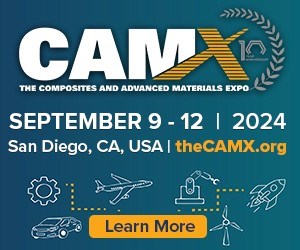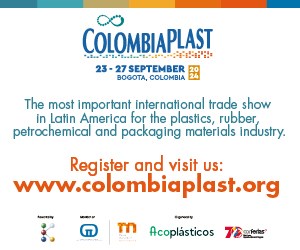Moving powders to processes via pneumatic conveying focuses on maximizing five core competencies: process efficiency, health and safety, cleanliness of both the plant and process equipment, maximizing equipment life, and end-product quality. Each of these components are a critical element when properly defining and designing pneumatic conveying systems for powder-handling applications, while considering the advantages and disadvantages of dilute vs. dense phase conveying, defining all components that make up a dust-free continuous conveying system, and incorporating important vacuum receiver design considerations for the dust-free transport of all powders, pigments, additives, fillers, flakes, fibers, wood-flour and other combustible dusts.
Primary Topics:
• Learn about the five core competencies that collectively maximize successful pneumatic conveying of powders to compounding and extrusion processes
• Define and align the advantages and disadvantages of dilute vs. dense phase conveying
• From plant receipt to end-product extrusion, learn how to design a successful continuous conveying system for even the most “Difficult-to-Convey” powders
• Moving difficult powders, pigments, additives, wood-flour, flakes, fibers, and other dusty and combustible powders from storage to process – incorporating the Top Ten “Must-Haves” for successful continuous conveying of powders to processes
Maximizing Movement of Powders while Minimizing Dust Exposure with Properly Designed Pneumatic Conveying Components and Systems
April 11, 2017 |
Presented By:
All content on this page is provided by the presenting company.

.jpg;maxWidth=400;quality=70)



